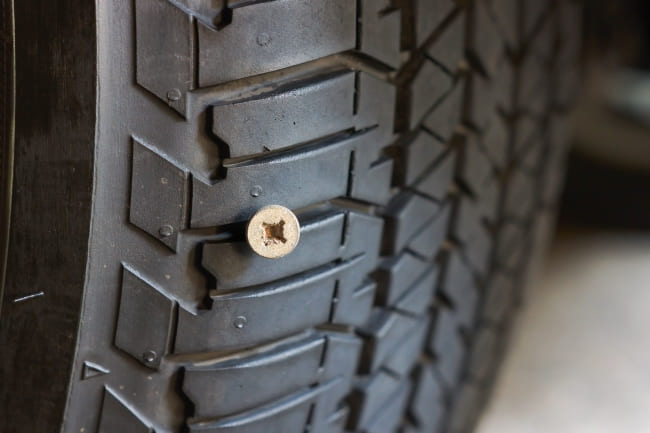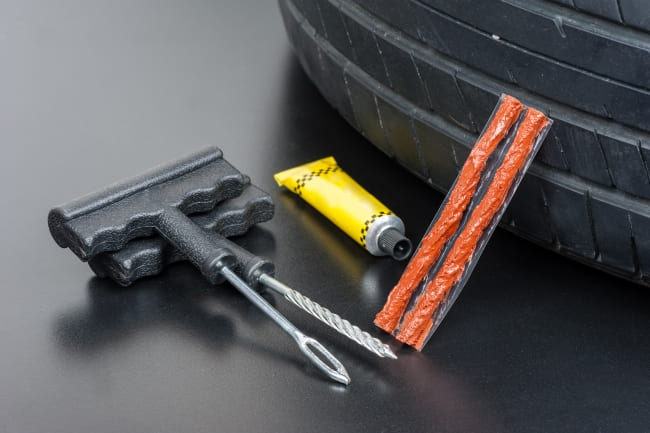- Home
- Shop
-
Engine & Drivetrain
- Radiators, Fans, Cooling Systems & Components
- Exhaust, Headers, Manifolds Mufflers & Components
- Fuel Systems & Components
- Heating, Air Conditioning & Components
- Air Filters, Oil Filters & Intake Systems
- Electronic Control Modules, Ignition & Distributors
- Cranks, Pistons, Oil & Components
- Cams, Timing & Valvetrain
- Clutches, Flywheels & Components
- Switches, Relays, Wiring & Components
- Oxygen Sensors & Components
- Engine & Transmission Assemblies
- Other Engine Parts
-
Brakes, Suspension & Steering
- Brake Discs, Pads & Calipers
- Shocks, Struts & Components
- Control Arms, Thrust Arms & Components
- Wheel Hubs, Bearings, and Components
- Tie Rods, Steering Racks & Components
- Axles, Axles Carrier, Driveshaft & 4WD
- Power Steering Pumps & Components
- Air Suspension Components
- Other Brakes, Suspension & Steering Parts
- ABS Pump & Components
-
Engine & Drivetrain
- Blog
- Catalog
- Contacts US
- Compare: 0
Product
Categories
Select a vehicle to find exact fit parts
Tire blowout: causes, damage and repair
You are out and about, enjoying your Sunday drive when suddenly you hear a loud bang followed by a whooshing sound. Yes, the worst has happened. Your tyre has blown out. A tyre blowout is relatively unlikely, but for many drivers, it is an absolute nightmare scenario. According to the German ADAC, a flat tyre occurs on average only every 150,000 kilometres – a burst tyre while driving at full speed is even less likely – nevertheless, you should know what to do to prevent a serious accident.
What causes a tyre blowout?
Two major factors can cause a tyre to burst: insufficient air pressure and overloading of the vehicle. Both can lead to the tyre sidewalls becoming very hot, especially on longer journeys. If the tyres are somewhat older, the material may give way at this point. In most cases, the air then escapes slowly. However, cracks in the material and rapid loss of air or bursts can also occur. Another hazard is foreign objects in the tyre: screws or nails can damage the tyre and lead to a gradual loss of air, which you will only notice at higher speeds. Driving over hard or sharp-edged objects or obstacles such as kerbs can also cause damage. To prevent this, it is advisable to check the tyres regularly, especially before long journeys. For further information take a look at Tyre speed rating for cars. Make sure to check your tyres regularly if they are older than six years. Tyres should be replaced with cheap new car tyres after ten years at the latest. The air pressure should be checked regularly and adjusted to the number of occupants and the load.

What should I do in an emergency?
If despite all precautions, the worst case happens, it is important to know what to do if you have a tyre blowout. First, remain calm. It doesn't matter whether the air escapes slowly or quickly: if the pressure is very low, you will notice it in the vibration of the vehicle, a knocking noise, or spongy steering. If you continue to quickly drive on, the tyre may tear and detach from the rim. In any case, you must decelerate and the steering wheel must be held to steer in a controlled manner. Under no circumstances should you yank or pull the steering wheel around quickly or brake abruptly. Doing this could cause the car to swerve, spin, and collide with other road users. It is much better to brake gently and let the car coast.
Wonder solution – runflat tyres?
Runflat tyres are probably the most sustainable solution for tyres with run-flat properties, which have found the widest distribution so far. You can even find runflat tyres online. The basic idea is to continue driving at a reduced speed even after a complete loss of pressure. This is made possible by a tyre construction with reinforced sidewalls that prevent the tyre from deflating. The tyre continues to roll on the sidewall even after a loss of air, which is why experts also speak of self-supporting tyres.
How do I use a repair kit?

Due to their heavy weight, modern cars no longer have spare wheels. Instead, most car owners have a car tyre repair kit and a spider wheel brace for tyre blowout repair on board. Among other things, the kit can contain a sealant that can be used to seal small punctures on the tyre. The sealant is available either as a spray, a squeeze bottle, or a power-driven compressor. You cannot repair more serious tyre blowout damage with a puncture kit. In this case, you have to contact your local breakdown service.
An ounce of prevention…
You can extend the durability of your tyres with just a few tricks. Find out more about How to extend your tyres service life to make sure you and your passengers are safe even during the longest road trips.

(13)-03.png)




1984375259.png)
135111072.png)
1235885726.png)
732991495.png)
148086775.png)
There are no comments